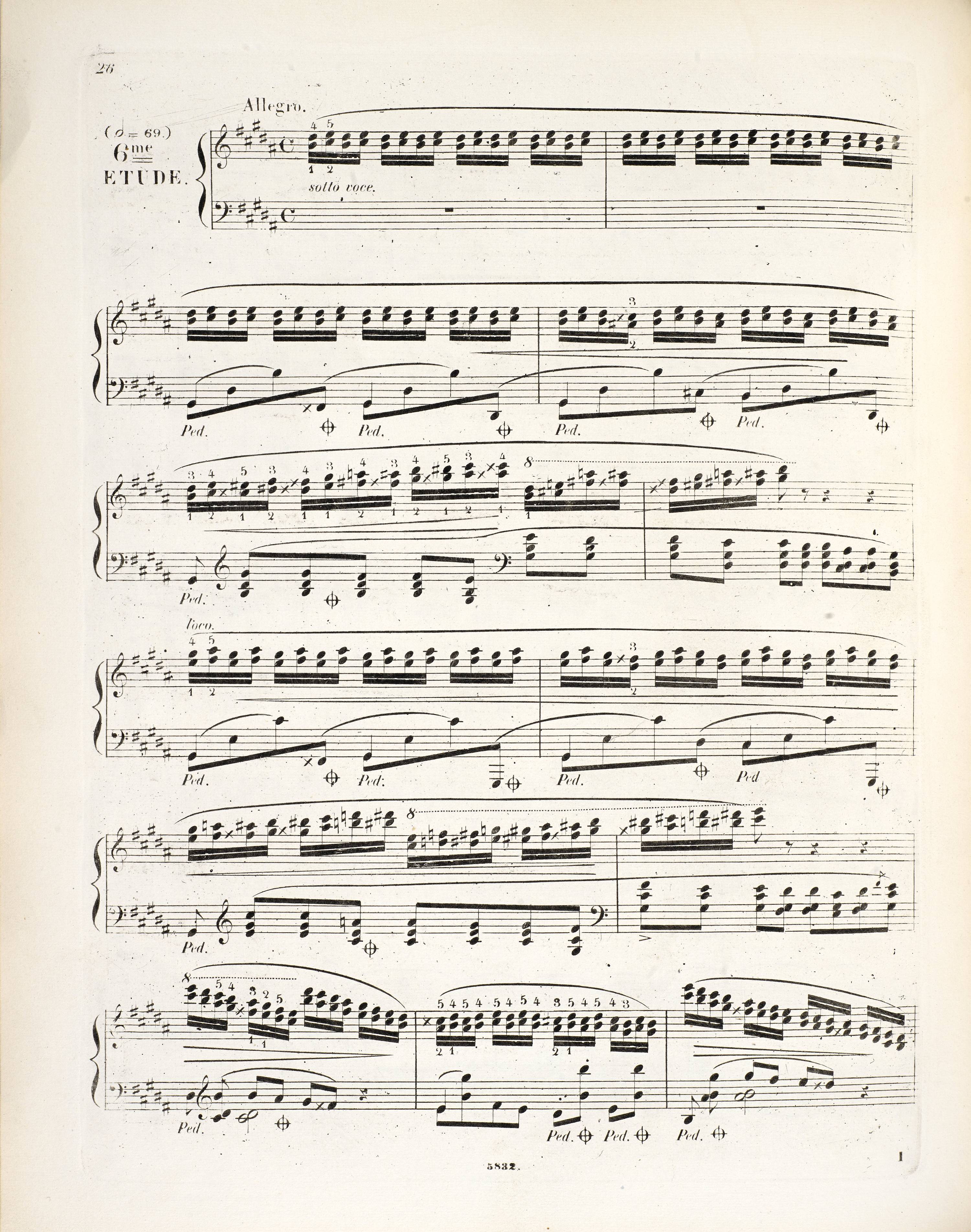



The sound of the top notes in these bars constitute one of the most difficult editorial problems in Chopin's works. Except for naturals added in GE2 (→GE3), which cannot come from Chopin, in the sources there are no accidentals before the 2nd semiquaver. It means that the top note of this third – and all subsequent at this pitch – should be read as a 2. However, the following arguments advocate for an erroneous oversight of the naturals by Chopin:
2. However, the following arguments advocate for an erroneous oversight of the naturals by Chopin:
- writing the G
 minor key, Chopin was not entirely certain, whether the
minor key, Chopin was not entirely certain, whether the  raising a to a
raising a to a is to be included next to the clef or each time next to the note; similarly, he was not certain whether the a note needs a natural. This doubt is most clearly revealed in the Mazurka in G
is to be included next to the clef or each time next to the note; similarly, he was not certain whether the a note needs a natural. This doubt is most clearly revealed in the Mazurka in G minor, Op. 33 No. 1, written with only four key signature, yet it is also to be seen in the notation of this Etude, in which the a
minor, Op. 33 No. 1, written with only four key signature, yet it is also to be seen in the notation of this Etude, in which the a notes are preceded with a superfluous
notes are preceded with a superfluous  (e.g., at the beginning of bar 14 or in bar 4, 36 and 43) 8 times (in FC, most probably the closest to the notation of [A]), and 7 times there is no necessary
(e.g., at the beginning of bar 14 or in bar 4, 36 and 43) 8 times (in FC, most probably the closest to the notation of [A]), and 7 times there is no necessary  lowering a
lowering a to a (e.g., in bars 42 and 51);
to a (e.g., in bars 42 and 51); - the clearly four-bar structure of the beginning of the Etude (bars 3-6 and 7-10) makes the use of one set of sounds changeable for the subdominant C
 minor chord, with a
minor chord, with a or a; the undisputed a1 in the L.H. in bar 9 clearly points to a;
or a; the undisputed a1 in the L.H. in bar 9 clearly points to a; - the adoption of a
 2 would result in a clearly noticeable change of the interval structure of the motifs in the R.H. in relation to bars 3-4, unjustified at the beginning of the etude.
2 would result in a clearly noticeable change of the interval structure of the motifs in the R.H. in relation to bars 3-4, unjustified at the beginning of the etude.
Compare the passage in the sources »
category imprint: Interpretations within context; Differences between sources; Editorial revisions
issues: Errors in FE, Errors in EE, Errors in GE, GE revisions, Last key signature sign, Errors of FC
notation: Pitch




